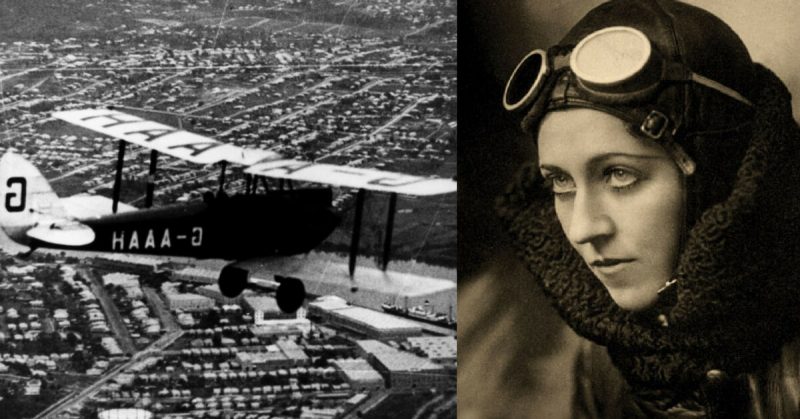Amy Johnson was a pioneering British Aviator. She set many aviation records, during the 1930s either flying solo or with her husband, and she took an active role in the war effort in World War Two. She was last seen alive in January 1941 when she ditched her aircraft off the coast of Kent.
Searchers didn’t find the body of Amy Johnson or her aircraft in the Thames Estuary near Herne Bay. She was the first woman to fly solo from England to Australia in 1930.
A bronze statue, memorializing her at the age of 37, has gone on exhibit on Herne Bay’s seafront.
Johnson’s Godson said: “It’s marvelous to see this superb statue unveiled.” He said he was grateful to have been able to attend.
Johnson flew solo from Blackpool Airport ferrying an RAF aircraft for Air Transport Auxiliary to the air base at Kidlington airbase in Oxfordshire.
She died after ditching her plane in the Themes estuary, reportedly after running out of fuel. It was 1941.
Boaters in the area at the time witnessed the crash but weren’t able to save her. The Captain of a nearby vessel dived into the water in an attempt to save her, but he was unable to and died himself some days later.
The statue is the creation of artist Stephen Melton of Ramsgate and financed by local people and businesses.
Amy Johnson was the first female licensed to become a qualified ground engineer by the Air Ministry in 1929.
She was the first woman to make a solo flight to Australia, landing May 24, 1930, at Darwin after a 19 and a half day journey.
She was the first woman to fly solo from England to Australia in 1930, in 1931 she became the first woman pilot to fly from England to Moscow in 24 hours, BBC News reported.
And the following year she flew alone from London to Cape Town in South Africa. With that trip, and by 11 hours, she broke her husband’s previous record.
She regained her London to Cape Town record in 1936.
